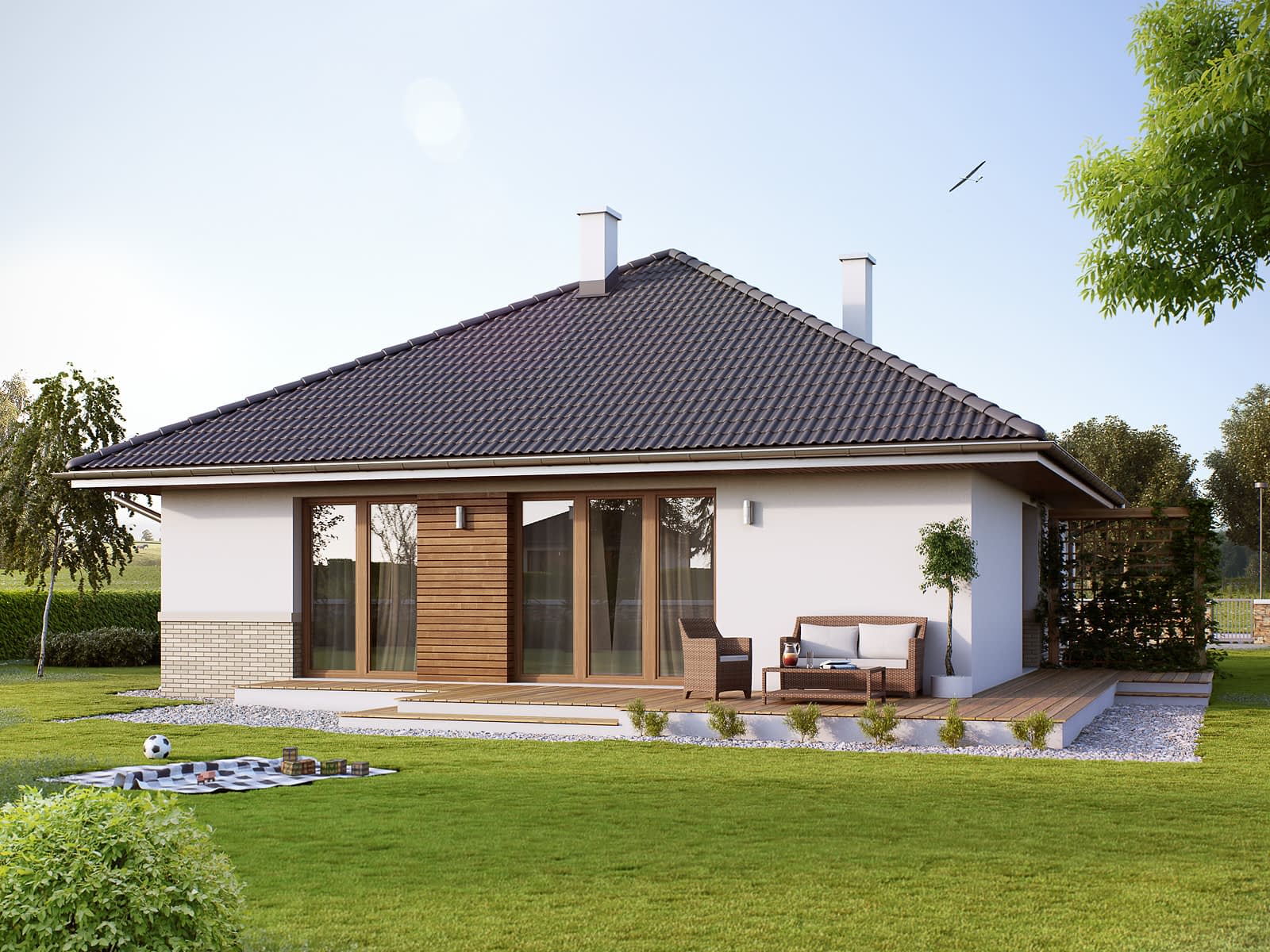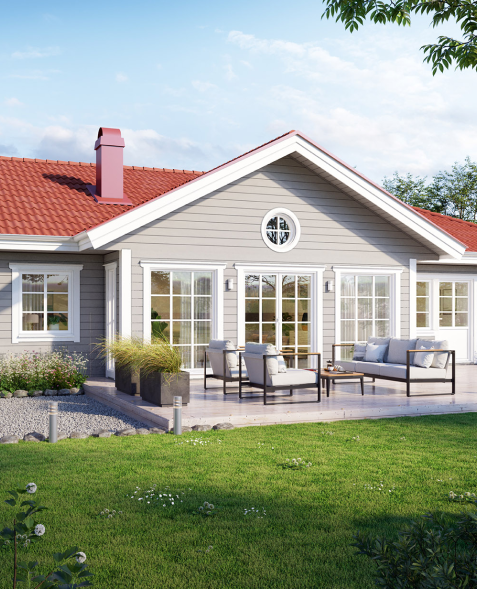



A link to download your FREE brochure will be in your inbox in 3 minutes













The final price may vary based on project specifics.
To get a free accurate quote tailored to your needs, book a consultation with us today!

The price per square foot provided is an average and may vary depending on project-specific details such as materials, location, complexity, and other factors. Actual costs may differ from the average provided.
It is recommended to obtain a detailed quote based on the specific requirements of your project.

Please note that the monthly payment displayed on this page is an estimate and is subject to variation based on the selected loan product, applicants credit score, loan amount, and other financial details. Actual monthly payment may differ from the estimate provided.
It is recommended to seek advice from a financial advisor or loan officer to obtain precise payment information tailored to individual circumstances.
 Your Trusted
Local Contractor
Your Trusted
Local Contractor
With a hint of excitement in the air, let’s finally unravel the mystery: What states truly embrace the idea of Accessory Dwelling Units? The answer is a glorious testament to the evolving landscape of housing in America. At the forefront, we have California, Washington, Oregon, and New Hampshire, leading the way with comprehensive laws on construction of accessory dwelling units that inspire a fresh perspective on housing. Even in the smallest state, Rhode Island, the ADU culture is growing, challenging the traditional norms of dwelling units.
But it doesn’t stop there. Despite ADU ordinances, local prohibitions, and zoning requirements, the spark of ADU construction is igniting in other states too. Florida, Texas, and Colorado are seeing an influx of ADUs, be it as tiny houses in the backyard or attached units within a single-family home. The ADU wave is breaking the barriers, reaching the hearts of communities across the country, from the sunny beaches of San Diego to the mesmerizing mountains of Santa Rosa.
Why, you ask? Because the states have recognized the undeniable charm and practicality of ADUs. They have understood that ADUs aren’t just dwelling units, they are the solution to housing shortages, the key to affordable housing, and the promise of a future where every homeowner can proudly say, “I own an ADU.”
So, dear reader, no matter where you live, take a moment to join this revolution. Be part of the change that turns the dream of owning an ADU into reality, for you and for many others. Because the day is not far when the answer to “What states allow ADU?” will be a resounding “All!”
What if I told you that an ADU is more than a tiny house in your backyard? From detached ADUs, also known as backyard cottage units, to attached ADUs that share a wall with your primary residence, there are many ways to own an ADU. And if you are feeling adventurous, why not convert your old, unused garage into a fully functional granny flat?
Accessory dwelling units (ADUs) are improving existing housing stock and providing homeowners with an opportunity to improve functionality of their property at the same time. Whether you lack additional living space in your principal dwelling unit or simply want to have two dwellings to get as much rental income from your property as possible, accessory apartments can really help.
ADU laws across different states have evolved significantly. In some areas, local governments have not only reduced zoning specifications but have also implemented zoning reforms to encourage the construction of ADUs. The local leaders and government officials have recognized the role of ADUs in tackling the housing shortage and improving housing affordability. From Rhode Island to Washington State, ADU legal rules are being reshaped, offering a new perspective on housing options.
One of the recent changes made for ADUs on multi- and single-family properties is the elimination of owner occupancy requirement. With as much ADU construction going on nowadays, it is quite beneficial for everyone wishing to have more than one household on their property.
But it’s not always smooth sailing. From local prohibitions to ADU ordinances that may limit the height, size, and number of dwelling units, local jurisdictions can throw a curveball in your ADU construction plans. Some zoning districts might even have prohibitions against detached ADUs or limit the number of residential units on the same lot. But with some persistence and a good understanding of the state and local laws, you can overcome these ADU obstacles!
California is a beacon for ADU advocates, making ADU development more accessible. The new ADU laws, or as some would call it, ADU bills, offer a sigh of relief to property owners. There’s no more requirement for the owner to live on the same property, meaning that you can rent both your primary dwelling unit and your ADU! And even permits issued by the Health Department are less challenging to get nowadays. Plus, the state law has eased off street parking requirements, making building ADUs as easy as pie.
In the golden state of California, the rules surrounding ADUs are getting relaxed, making it easier for homeowners to increase the affordable housing stock. And with California cities becoming more open to ADUs, the question isn’t whether you can build one, but how high can you build. You’ll be glad to know that counties such as Orange County and San Diego allow 2-story ADUs. But remember, zoning rules in your area, owner occupancy requirements, and other regulations might vary, so it’s crucial to do your homework!
What is more, a property owner should pay attention to ADU ordinance that is specific to their type of ADU units – read more about here – https://aplusconstructionremodeling.com/adu-builders/. States that legalize ADUs might have different regulations for the detached ADU type and the attached ADU one. Thus, to get a building permit for the new housing, you will have to comply with ADU rules issued by the local city council and other state officials.
Despite the challenges, the future of ADU legislation looks promising. Take New Hampshire, for instance. Local planning boards are exploring state and local zoning laws to permit ADUs, providing more housing options. Even Washington State is making waves in ADU legalization, allowing an ADU per single-family lot in residential zones.
It’s clear that the landscape of ADUs is evolving, driven by a growing recognition of their potential to increase housing affordability and diversity. As more states allow ADUs, it’s crucial to stay updated with the ADU laws, whether you plan to build your own ADU or advocate for ADU legislation in your community.
Remember, the road to ADU construction may be riddled with zoning regulations and local ordinances, but the destination is worth it!
An Accessory Dwelling Unit, or ADU, is an additional residential unit located on the same lot as a primary residence. It can be attached or detached from the primary dwelling unit and typically includes a kitchen, bathroom, and sleeping area.
ADUs offer a flexible and affordable housing solution that can cater to different housing needs. From providing housing for extended family members to generating rental income, ADUs serve multiple purposes.
Local governments are promoting ADU construction as a strategy to address the shortage of housing units, increase affordable housing solutions, and enhance neighborhood diversity.
Zoning laws govern the construction of ADUs, specifying the rules about size, location, parking, and other parameters.
Yes, an ADU can be a primary residence. This flexibility is one of the benefits of ADUs, allowing homeowners to downsize or rent out their main home while living in the ADU.
The maximum size for an ADU can vary by state and local laws. Some areas may limit ADUs to a specific percentage of the primary dwelling unit’s size, while others may specify a maximum square footage.
ADUs can impact taxes imposed on your property depending on local and state laws. In general, adding an ADU can increase the value of your property, potentially leading to higher taxes.
Whether you can build more than a single ADU on your property depends on local laws of zoning. Some areas allow multiple ADUs, while others limit properties to only one accessory unit.







